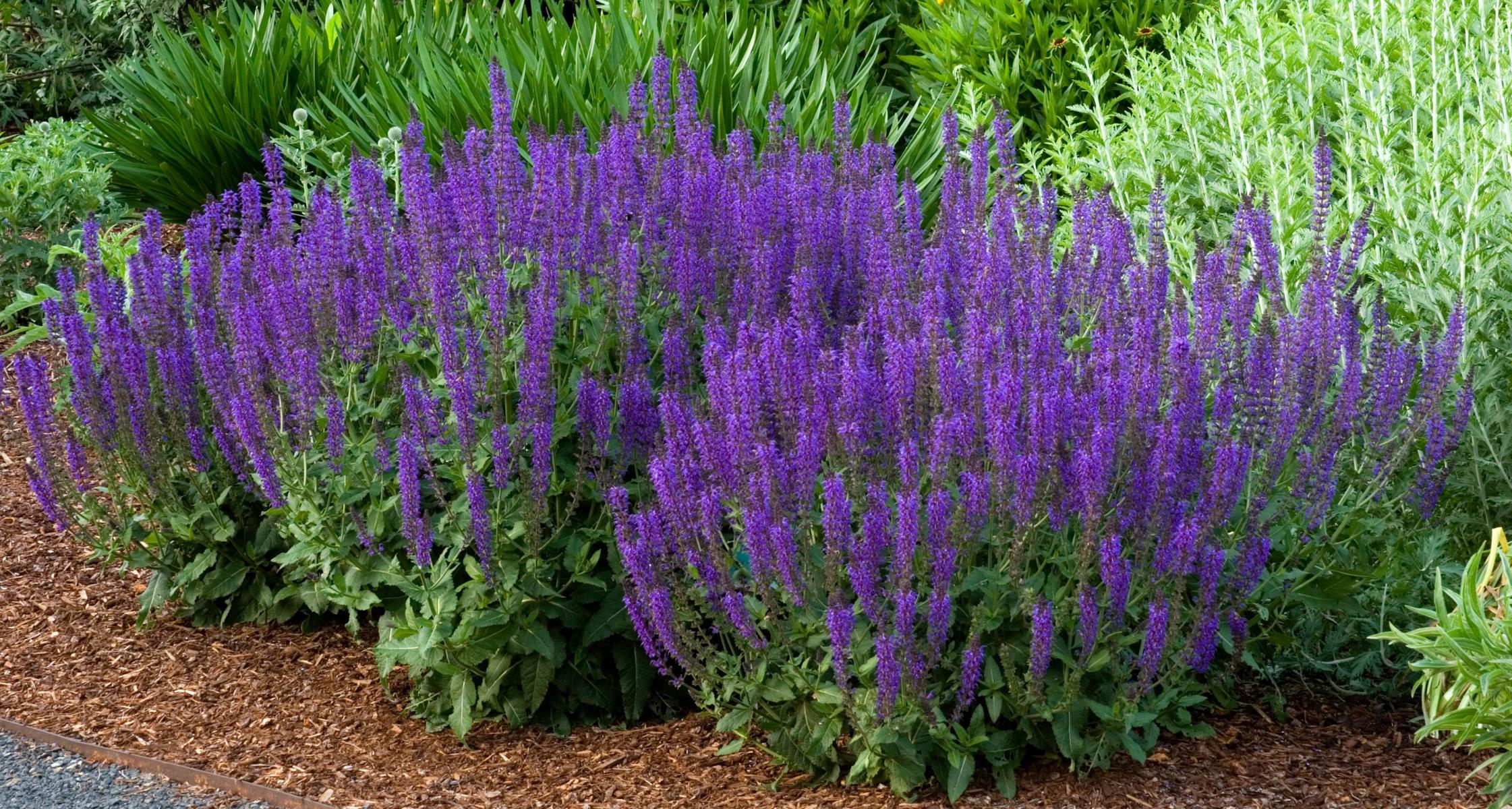Introduction:
Meadow Sage Nature has a way of captivating our senses and transporting us to realms of tranquility and beauty. Among the many wonders that adorn our planet, meadow sage stands as a testament to the exquisite artistry of the botanical world. With its vibrant colors, delicate blossoms, and rich cultural history, meadow sage (Salvia pratensis) emerges as a captivating subject for exploration. In this article, we will delve into the enchanting world of meadow sage, unraveling its characteristics, ecological significance, and its role in human culture.

Botanical Profile:
Meadow sage, scientifically known as Salvia pratensis, belongs to the family Lamiaceae. This perennial herbaceous plant is native to Europe and Asia, gracing meadows, grasslands, and open woodlands with its presence. Its botanical name, Salvia, is derived from the Latin word “salvere,” meaning to heal or save, alluding to the plant’s historical medicinal uses.
Must Read= 비트불스 먹튀
Characteristics:
- Appearance: Meadow sage is known for its elegant appearance, reaching a height of 1 to 3 feet. The plant boasts slender, square stems covered with opposite, lance-shaped leaves. The leaves are often aromatic, releasing a pleasant fragrance when crushed.
- Flowers: The real allure of meadow sage lies in its flowers. They form dense, cylindrical spikes atop the stems, showcasing a stunning array of colors ranging from shades of blue and violet to pink and white. Each tiny tubular flower contributes to the overall visual spectacle, attracting pollinators like bees and butterflies.
Ecological Significance:
- Habitat and Distribution: Meadow sage thrives in well-drained soils, favoring sunny to partially shaded locations. Its natural habitat includes meadows, grasslands, and disturbed areas. The plant has been introduced to various regions worldwide, contributing to its widespread distribution beyond its native range.
- Wildlife Support: The nectar-rich flowers of meadow sage make it a valuable resource for pollinators, playing a crucial role in supporting biodiversity. Bees, butterflies, and other pollinating insects are drawn to the abundant nectar, fostering a symbiotic relationship between the plant and its visitors.

Cultural History and Symbolism:
- Historical Uses: Throughout history, meadow sage has been valued for its medicinal properties. Traditional herbalists utilized various parts of the plant to concoct remedies for ailments such as digestive issues, respiratory conditions, and skin disorders. The plant’s association with healing has left an indelible mark on its name and cultural significance.
- Symbolism: In the language of flowers, meadow sage symbolizes wisdom, virtue, and good health. Its vibrant blooms have been employed in floral arrangements and gardens to convey messages of admiration and well-wishing. Additionally, the plant’s historical ties to healing have contributed to its symbolism of restoration and rejuvenation.
Gardening and Landscape Design:
- Cultivation Tips: Meadow sage’s adaptability and low-maintenance nature make it an excellent choice for gardeners. It thrives in a variety of soil types, provided they are well-drained, and requires minimal watering once established. Planting in full sunlight enhances the vibrancy of its flowers.
- Companion Planting: Meadow sage complements a wide range of companion plants in garden design. Its upright growth habit and visually striking flowers make it an ideal choice for mixed borders, rock gardens, and cottage-style landscapes. Pairing it with plants that have contrasting foliage or bloom at different times creates a dynamic and visually appealing garden.
Conclusion:
Meadow sage, with its botanical grace, ecological importance, and cultural significance, stands as a living testament to the wonders of the natural world. From the open meadows of Europe to gardens around the globe, this enchanting herb continues to captivate hearts and minds. Whether admired for its aesthetic appeal, utilized in traditional medicine, or embraced for its ecological role, meadow sage remains a symbol of nature’s enduring beauty and the interconnectedness of all living beings. So, let us continue to appreciate and cultivate this botanical masterpiece, ensuring that its legacy endures for generations to come.
